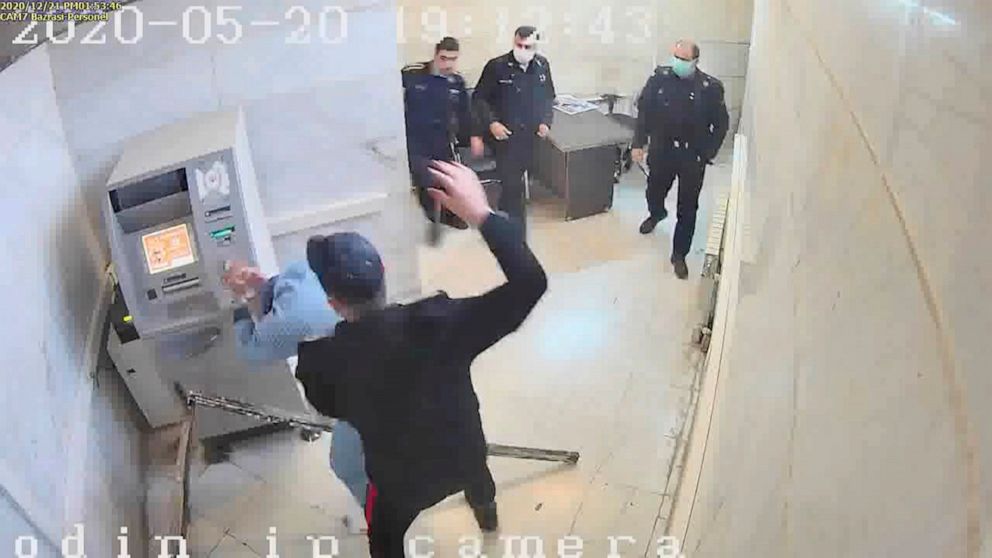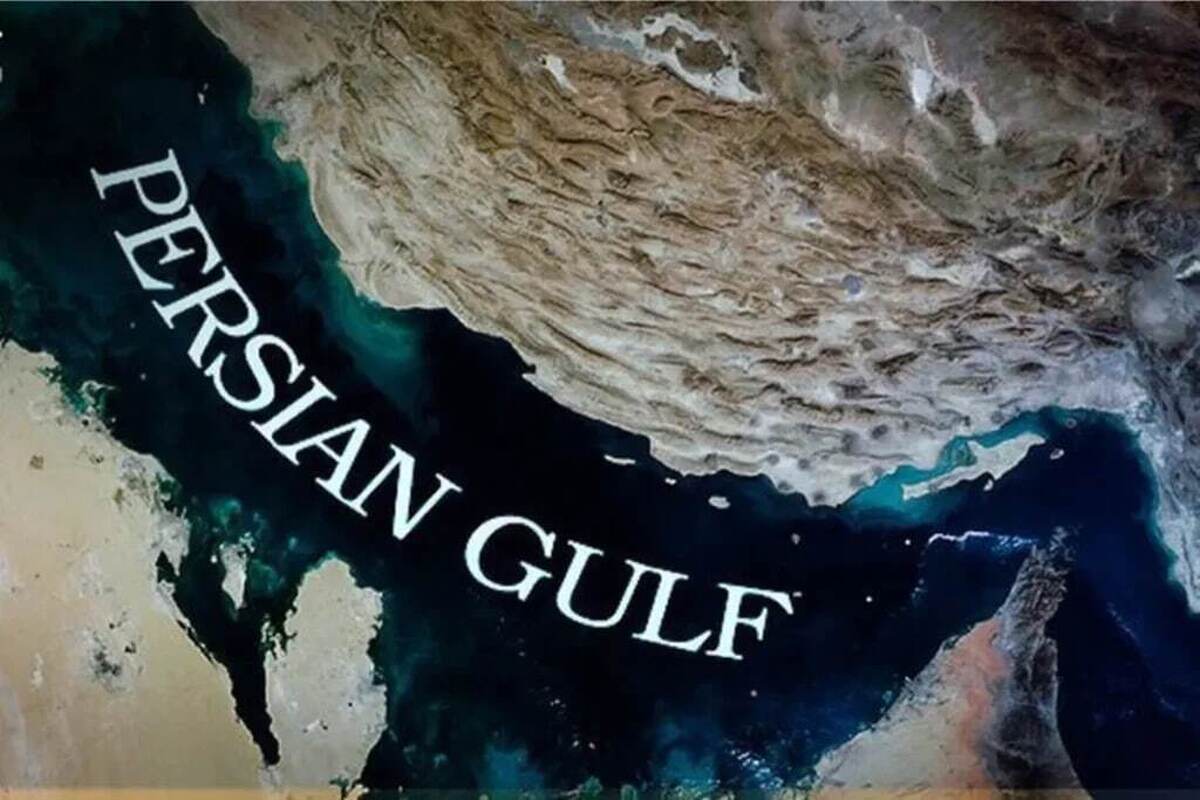
Iran: Leaked video footage from Evin prison offers rare glimpse of cruelty against prisoners
Leaked surveillance footage from Evin prison showing appalling abuse of prisoners serves as a chilling reminder of the impunity granted to prison officials in Iran who subject those in their custody to torture and other cruel, inhumane, and degrading treatment, Amnesty International said today.
The organization has analysed 16 leaked video clips, obtained from Iranian independent media outlets, which offer shocking visual evidence of beatings, sexual harassment, and deliberate neglect and ill-treatment of those in need of medical care, which Amnesty International has documented for years. The videos also reaffirm concerns around chronic overcrowding and solitary confinement in cruel and inhumane prison conditions.
“This disturbing footage offers a rare glimpse of the cruelty regularly meted out to prisoners in Iran. It is shocking to see what goes on inside the walls of Evin prison, but sadly the abuse depicted in these leaked video clips is just the tip of the iceberg of Iran’s torture epidemic,” said Heba Morayef, Middle East and North Africa Regional Director at Amnesty International.
Away from public view, Iranian security officials routinely subject men, women and children behind bars to torture or other ill-treatment, particularly when undergoing interrogations in detention centres run by the ministry of intelligence, the Revolutionary Guards, and the investigation unit of Iran’s police (Agahi).
Methods of torture in Iran documented by Amnesty International over the past years include floggings, electric shocks, mock executions, waterboarding, sexual violence, suspension, force-feeding of chemical substances, and deliberate deprivation of medical care.
Since 22 August, independent media outlets based outside Iran have published a growing number of leaked videos received from a group calling itself “Edalat-e Ali” (meaning Ali’s justice), which has hacked the security cameras of Tehran’s Evin Prison.
Senior Iranian officials have confirmed the veracity of footage. In a rare admission of responsibility, the head of Iran’s Prisons Organization, Mohammad Mehdi Haj Mohammadi, said in a tweet on 24 August that he accepts responsibility for the “unacceptable behaviours” shown in the footage and promised to work towards holding those responsible accountable and preventing recurrence.
On 24 August, the head of Iran’s judiciary, Gholamhossein Mohseni Ejei, also issued a written instruction to Iran’s chief prosecutor asking that “the treatment of prisoners by prison officials and/or other prisoners [in Evin prison] are promptly and carefully examined”.
Crisis of impunity
While some officials have denounced the abuses and promised investigations, the head of Iran’s Prisons Organization, Mohammad Mehdi Haj Mohammadi also said he appreciated the efforts of Iran’s “decent” prison guards, suggesting that the exposed abuses at Evin prison were exceptional and the work of a few.
“Torture and other ill-treatment are far too widespread and systemic in Iran’s prisons and detention centres to be presented as the work of a few ‘bad apples’. Brief apologies and general promises of accountability are far from enough to address Iran’s crisis of systemic impunity,” said Heba Morayef.
“If the Iranian authorities want their promises of accountability to not ring hollow, they must immediately allow international monitors, including the UN Special Rapporteur on the situation of human rights in Iran, to conduct independent inspections of Evin and other prisons in line with international standards.”
Given the Iranian authorities’ persistent refusal to criminally investigate and prosecute those against whom there is evidence of involvement in crimes under international law including torture, enforced disappearances, extrajudicial executions and other unlawful killings, we reiterate our call for the UN Human Rights Council to establish an investigative and accountability mechanism to collect and analyse evidence of the most serious crimes under international law committed in Iran to facilitate fair criminal proceedings.
Footage of cruelty
Of the 16 video clips reviewed by Amnesty International, seven show prison guards beating or otherwise ill-treating prisoners; three show overcrowded prison rooms; three show incidents of assault against inmates by other inmates; two show incidents of self-harm; and one shows a solitary cell with cruel and inhumane conditions.
In one video dated 31 March 2021, a prison official is seen hitting and punching a prisoner in his face in the presence of a group of prisoners, apparently causing the victim’s nose to bleed. In another dated 21 December 2020, two prison officials are seen pushing, shoving, hitting and kicking a handcuffed prisoner on his head and back in the presence of multiple other officials, and then dragging him on the ground.
Four clips depict an incident on 26 April 2021 where a visibly frail prisoner faints in the prison courtyard after stepping out of a car. Guards are seen recklessly neglecting him and then dragging him semi-conscious along the ground, through the prison and up a staircase. Multiple staff members are seen watching the incident or passing by the injured man in a detached manner.
A clip dated 9 December 2015 shows a man being ordered to strip naked in front of a guard. He is then ordered to crouch down on the floor naked with his face to the wall while a guard sitting behind him on a chair is seen calmly searching his underwear and trousers for prohibited items.
Three clips dated 11 June 2016, 15 January 2020, and 4 February 2021 show overcrowded prison rooms with triple sleeper bunk beds accommodating between 15 and 18 people squeezed into them.
Another clip, which is undated, shows a tiny bed-less solitary confinement cell, with a squat toilet in the corner.
Amnesty International also reviewed two clips depicting self-harm, dated 4 January 2020 and 23 July 2016, and three clips showing incidents of assault against inmates by other inmates.



